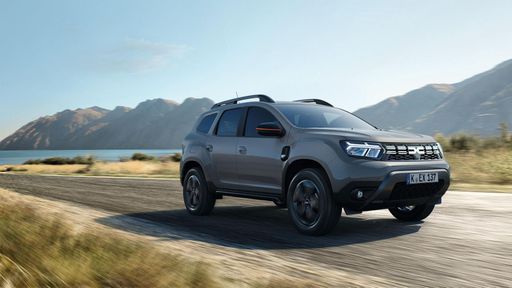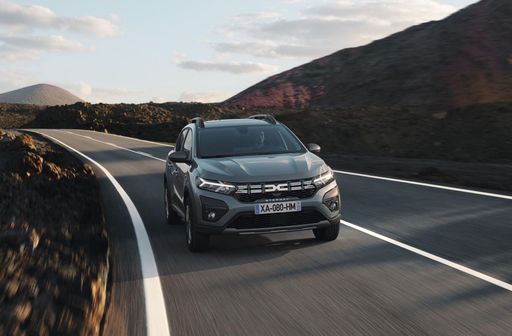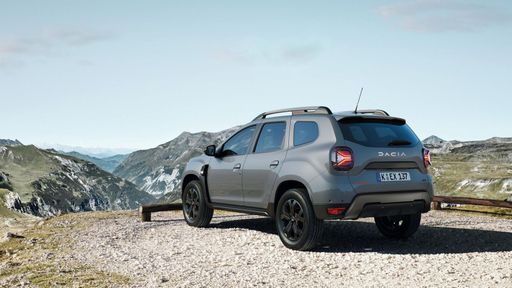Engine Performance and Options
Dacia's latest Duster model is versatile, available with LPG, full hybrid, and petrol mild hybrid engines. It showcases power outputs ranging from 91 to 140 horsepower (HP), with accompanying torque figures between 160 to 230 Newton-meters (Nm). Variants include both front-wheel and all-wheel drive systems, offering a robust spread for varied driving conditions. Notably, the Duster offers an impressive acceleration of 9.9 seconds from 0 to 100 km/h in its top-performing configuration and reaches maximum speeds of up to 180 km/h.
On the other hand, the Ford Kuga impresses with its petrol, full hybrid, and plug-in hybrid engine options, generating between 150 to 243 HP along with a consistent torque of 240 Nm. The hybrid and plug-in variants excel with remarkable fuel efficiency, as the plug-in hybrid boasts just 0.9 L/100km fuel consumption and an impressive electric range of 69 km. The Kuga's acceleration peaks with the plug-in hybrid version, achieving 0-100 km/h in just 7.3 seconds and reaching maximum speeds of up to 200 km/h.







